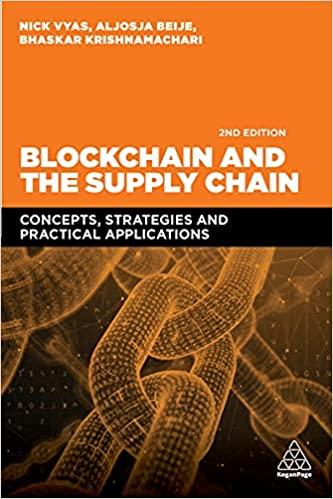Question
1- To begin the project, the team needs to select a specific university cafeteria process for analysis. This process could involve the flow of tasks
1- To begin the project, the team needs to select a specific university cafeteria process for analysis. This process could involve the flow of tasks and stations in the cafeteria, such as food preparation, serving, payment, and cleaning. Each task in the selected cafeteria process must be identified, and the processing time required for each task should be estimated. This step will help in understanding the time taken for each activity and its impact on the overall process. The team then needs to determine the precedence relationships between tasks, which means identifying which tasks must be completed before others can start. For example, food preparation must come before food serving.
Once the precedence relationships are established, a flowchart of the process can be created to visually represent the sequence of tasks and stations.
2- Next, the team should identify the bottleneck in the current process. The bottleneck is the task or station that limits the overall capacity of the process. By identifying the bottleneck, the team can focus on improving the efficiency of this particular step. Additionally, the team should determine the process capacity, which is the maximum amount of work that can be processed within a given time period. This will help in understanding the limitations of the current process. Furthermore, the manufacturing lead-time and process cycle time (CT) should be calculated. The manufacturing lead-time is the time taken from receiving an order to delivering the final product, while the process cycle time is the average time taken to complete one cycle of the process. Finally, the team should propose a reengineered process that addresses the bottleneck and improves overall efficiency, lead-time, and capacity. This may involve redesigning the flow of tasks, adding or removing stations, or implementing automation to streamline the process. The proposed process should aim to maximize efficiency and minimize the process cycle time, ultimately leading to a more effective and optimized university cafeteria process.
Step by Step Solution
There are 3 Steps involved in it
Step: 1

Get Instant Access to Expert-Tailored Solutions
See step-by-step solutions with expert insights and AI powered tools for academic success
Step: 2

Step: 3

Ace Your Homework with AI
Get the answers you need in no time with our AI-driven, step-by-step assistance
Get Started


